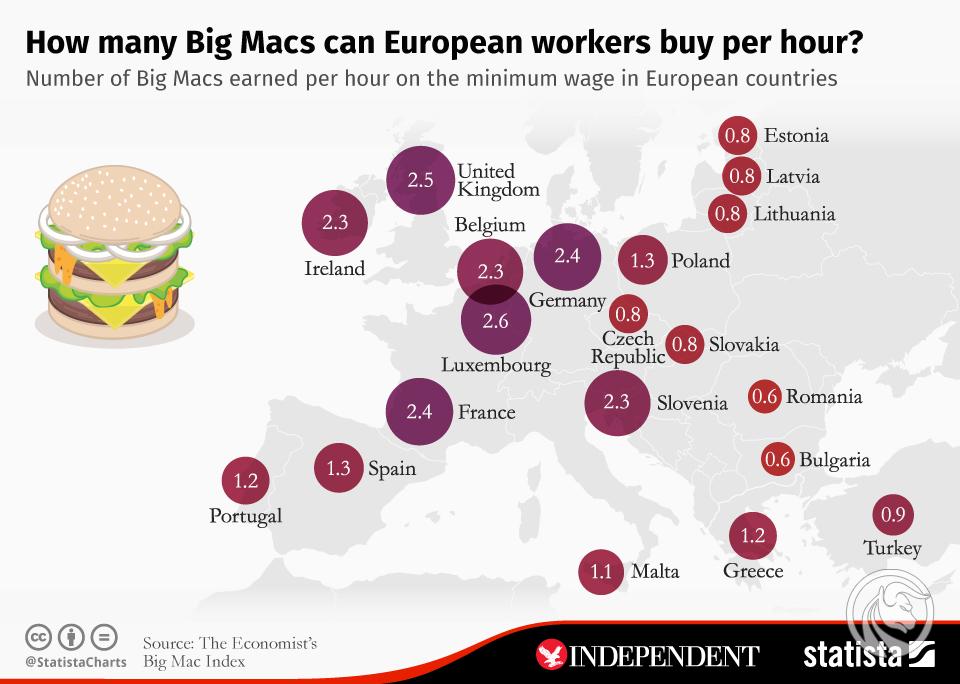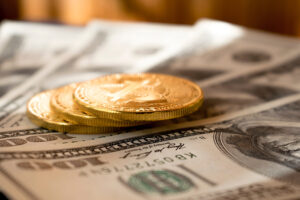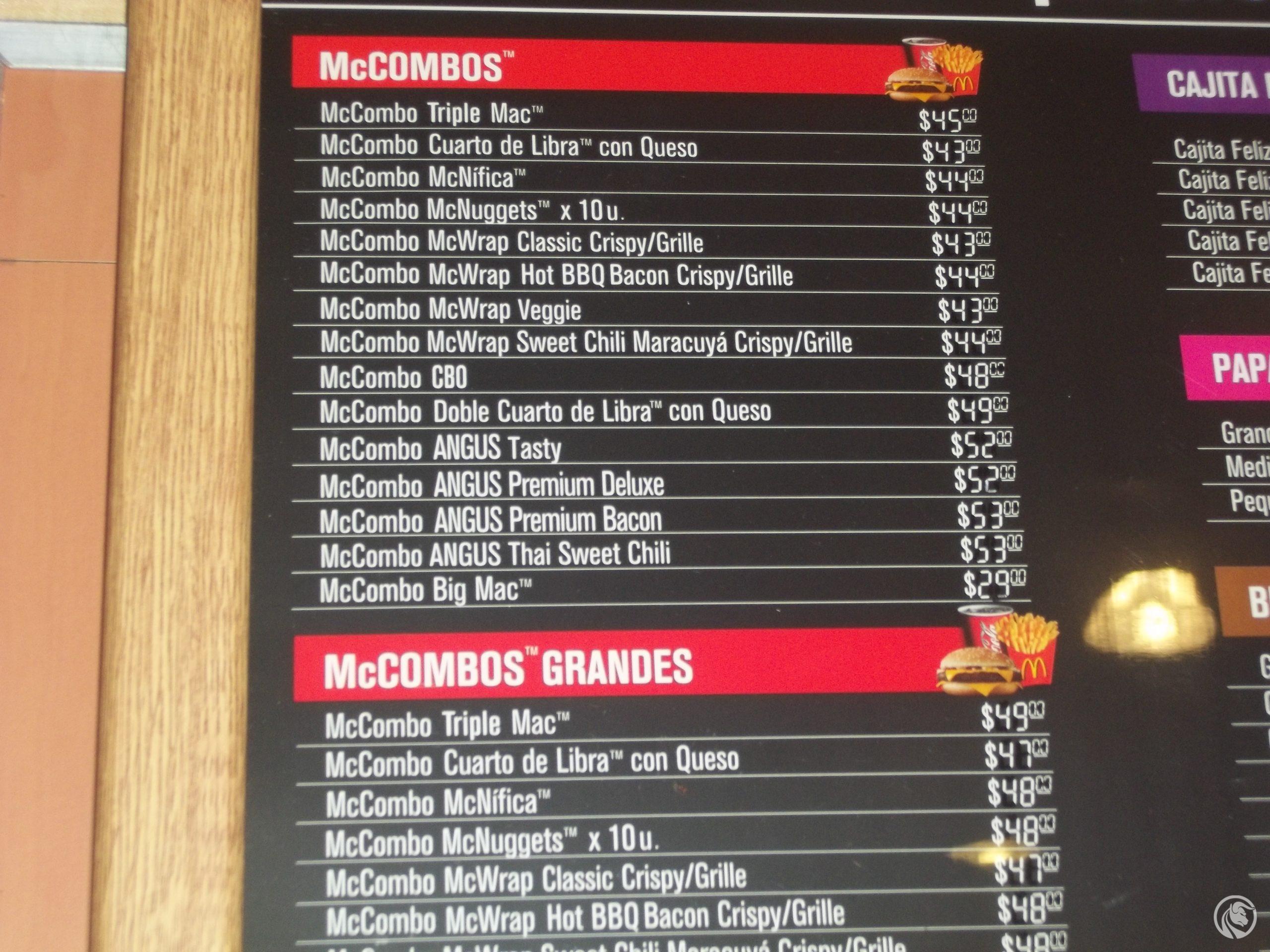Big Mac Index - what is it and what does it inform us about?
In 1986, The Economist published for the first time in its pages Big Mac indicator (BMI - Big Mac Index) as an illustration of the purchasing power parity of money in various countries of the world against the US dollar. Initially, the Big Mac indicator was conceived as a joke and a way to present the concept of purchasing power parity in an accessible, average bread eater way.
However, the idea of the Big Mac index and using it to compare the purchasing power of currencies from different countries is accepted and The Economist publishes an updated Big Mac Index in its pages every year.
Check it out: How to buy gold? [Guide]
Big Mac Index - where does the name come from?
The McDonalds network is known for its standardization of all aspects of business including the recipe and appearance of burgers. Add to this the fact that McDonalds has its restaurants in over 100 countries around the world, we assume a standardized product, almost identical for all compared countries.
In addition, it is a product that is produced locally and not subject to international trade. Thanks to this, the price of a hamburger in individual countries is not affected by the price of goods transport between countries or import duties.
Criticism and weak points of the Big Mac indicator
In practice, there are countries that import beef used to make a Big Mac sandwich (Iceland). There are also countries that do not sell beef burgers at all. This is the case in India, where only poultry burgers are available. The composition of burgers in practice also varies between countries due to different culinary tastes and food recipes.
Also, the status of a hamburger and McDonalds restaurant varies between countries. In the United States it is popular, common food, while in Asian countries rather Western curiosity and something exotic. This means that the demand for hamburgers is different, and thus Big Mac hamburger prices may be different in different countries.
Despite the global reach of the McDonald's network, you can't find restaurants of this giant in your industry everywhere. In Africa, McDonald's restaurants can only be found in 3 countries (Morocco, Egypt and South Africa). For this reason, the KFC Index was created for African countries, comparing the price of a KFC bucket instead of a Big Mac sandwich. The KFC network has its restaurants in more than 20 countries on the black land, so it makes it possible to make a similar comparison of purchasing power in African countries as the Big Mac Index for Europe, both Americas and Asia.
Big Mac in practice
Despite the criticism and weaknesses of this indicator, as well as the humorous, informal assumptions behind its introduction, it is readily used and cited by economic magazines around the world.
Its big advantage is simplicity and a vivid representation of the purchasing power of various countries. Although we should not rather treat it as an economic, solid indicator of undervaluation of national currencies, it can serve us as a signpost indicating the general trends and purchasing power in different countries.
How much does BigMac cost in different countries of the world? It is most expensive in Switzerland. For one BigMac in this country, we will pay as much as 6,71 US dollars. In the US, one Big Mac costs $ 5,67, and in Brazil, $ 4,80. But if we are fans of this popular sandwich, we will eat cheaply at McDonald's in Russia and India. In Russia, we will pay $ 2,20 for one BigMac and $ 2,65 in India. In Poland, we will pay $ 2,90 for one sandwich.

Source: Statista.com
But what do these prices in dollars tell us? Based on them, we can estimate to what extent the exchange rate reflects real differences in the purchasing power of currencies.
The US dollar to Polish zloty exchange rate is 3,95 today. This means that we can buy one dollar for PLN 3,95. In the US, one Big Mac costs $ 5.67, and in Poland around $ 11, it would suggest that purchasing power parity is 11 / 5.67 or 1.94. This would suggest that the exchange rate of PLN to USD is undervalued almost twice.
After adjusting these values by GDP per capita, the zloty exchange rate is understated by 20,8% against the dollar.
How many Big Macs is an hour worth of work?
Another way to look at the Big Mac Index is to compare the price of a hamburger to the country's minimum hourly rate per hour.
Looking this way, we can see that a German or a Frenchman working for the national minimum is able to earn 2.4 Big Mac sandwiches within an hour. In turn, a Pole or a Spaniard working for an hour for the minimum national will earn 1.3 Big Mac. This gives us a picture of the differences in the purchasing power of these countries' currencies.
Below is a graph showing how many Big Macs can be bought by an employee earning the national minimum per hour of work.

Source: Statista.com
In global terms, they will buy the most Big Macs for an hour of work
If we want to compare prices and exchange rates in relation to the BigMac index for different countries, we can go to The Economist website and play with the interactive Big Mac index comparison tool for different countries. Data has been available on the website since 2011.
Big Mac Index and inflation
Observing the changing prices of Big Mac sandwiches, we can assess how real inflation is changing in a given country over time.
In 2011, The Economist said Argentina was falsifying official inflation figures. The Big Mac index for this country showed 19% inflation. Big Mac burgers in Argentina rose by 19%, while the official annual inflation rate reported by the Argentine government was almost twice as low - 10%.
As a result of these allegations, a bizarre situation occurred. In 2012, the price of the Big Mac in Argentina dropped suddenly by 26%. It happened as a result of actions by the Argentine government aimed at artificially lowering the price of this particular sandwich, so that Argentina fared well in the Big Mac Index. Restaurants were forced to sell Big Mac sandwiches at a much lower price (about 29 pesos) compared to other sandwiches on offer (about 45-50 pesos).























![Trading View platform – solutions tailored to the needs of traders [Review] trading view review](https://forexclub.pl/wp-content/uploads/2024/03/trading-view-recenzja-184x120.jpg?v=1709558918)
![How to connect your FP Markets account to the Trading View platform [Guide] fp markets trading view](https://forexclub.pl/wp-content/uploads/2024/02/fp-markets-trading-view-184x120.jpg?v=1708677291)
![How to invest in ChatGPT and AI? Stocks and ETFs [Guide] how to invest in chatgpt and artificial intelligence](https://forexclub.pl/wp-content/uploads/2023/02/jak-inwestowac-w-chatgpt-i-sztuczna-inteligencje-184x120.jpg?v=1676364263)


![WeWork – the anatomy of the collapse of a company valued at $47 billion [WeWork, part II] wework bankruptcy story](https://forexclub.pl/wp-content/uploads/2024/04/wework-bankructwo-historia-184x120.jpg?v=1711729561)
![Adam Neumann – the man who screwed up Softbank [WeWork, part AND] adam neumann wework](https://forexclub.pl/wp-content/uploads/2024/04/adam-neumann-wework-184x120.jpg?v=1711728724)





![How to transfer shares to another brokerage office [Procedure description] how to transfer shares to another brokerage house](https://forexclub.pl/wp-content/uploads/2024/03/jak-przeniesc-akcje-do-innego-biura-maklerskiego-184x120.jpg?v=1709556924)

![The most common mistakes of a beginner trader - Mr Yogi [VIDEO] Scalping - The most common mistakes of a beginner trader - VIDEO](https://forexclub.pl/wp-content/uploads/2024/03/Scalping-Najczestsze-bledy-poczatkujacego-tradera-VIDEO-184x120.jpg?v=1711601376)
![Learning patience: No position is also a position - Mr Yogi [VIDEO] Scalping - Learning patience - No position is also a position - VIDEO](https://forexclub.pl/wp-content/uploads/2024/03/Scalping-Nauka-cierpliwosci-Brak-pozycji-to-tez-pozycja-VIDEO-184x120.jpg?v=1710999249)
![When to exit a position and how to minimize losses - Mr Yogi [VIDEO] Scalping - When to exit a position and how to minimize losses - VIDEO](https://forexclub.pl/wp-content/uploads/2024/03/Scalping-Kiedy-wyjsc-z-pozycji-i-jak-minimalizowac-straty-VIDEO-184x120.jpg?v=1710336731)






![How to invest in ChatGPT and AI? Stocks and ETFs [Guide] how to invest in chatgpt and artificial intelligence](https://forexclub.pl/wp-content/uploads/2023/02/jak-inwestowac-w-chatgpt-i-sztuczna-inteligencje-300x200.jpg?v=1676364263)












